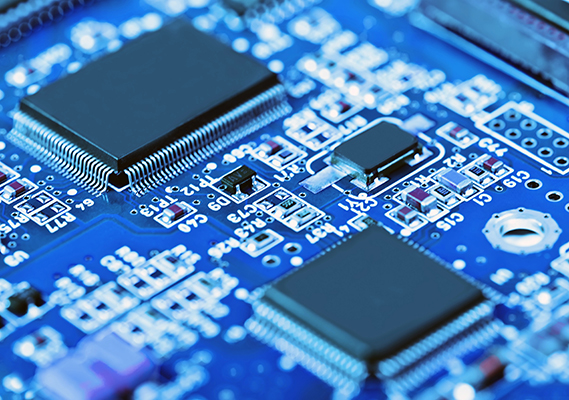How Medical PCBs Drive Device Miniaturization and Portability
In today’s rapidly advancing medical technology era, miniaturization and portability have become mainstream trends in medical device design. From wearable ECG monitors to handheld blood glucose analyzers, people expect medical devices to provide accurate diagnostics and monitoring anytime, anywhere. Behind this transformation, medical PCBs play a crucial role. Through advanced circuit design and manufacturing processes, medical PCBs make devices not only lighter and thinner but also more powerful and intelligent.

1. Integrated Design
Modern medical PCBs are capable of integrating more functions onto a single circuit board. Tasks that once required multiple separate circuit boards can now be easily combined into one through high-density interconnect (HDI) design. This integrated solution not only enhances device performance and reliability, but also significantly reduces its size and weight, making the devices easier to carry and maintain.
2. Multilayer PCB Technology
Multilayer PCBs achieve efficient layouts for complex circuits by stacking multiple layers of circuitry within limited space. Each layer is responsible for different functional modules, which greatly saves internal space. This technology is widely used in miniaturized medical devices such as portable oximeters and handheld ultrasound systems.
3. Flexible Circuit Boards (FPC)
The emergence of flexible PCBs (FPCs) has freed medical device design from the constraints of traditional rigid boards. They can bend, fold, and even roll, making them ideal for wearable medical devices and implantable sensors that need to conform to the curves of the human body. For example, flexible PCBs enable smart ECG patches and portable insulin pumps to achieve ultra-thin and comfortable designs.
4. Efficient Power Management
For portable medical devices, battery life is at the core of the user experience. Medical PCBs optimize power management circuits and incorporate energy recovery technologies, enabling devices to operate stably for long periods under low power consumption. This is particularly important for remote monitoring equipment and mobile emergency instruments.
5. Miniaturized Components
Advances in the miniaturization of electronic components enable medical PCBs to accommodate more functional modules within limited space. High-precision sensors, microchips, and nanoscale components not only reduce the overall circuit size but also enhance the device’s sensitivity and response speed. For example, miniature sensors allow glucose meters to perform measurements faster and with greater accuracy.
6. Modular Design
Modular design allows different functional modules of a medical device to operate independently while maintaining efficient coordination. By simplifying the circuit structure and reducing wiring complexity, medical PCBs achieve smaller sizes and lighter weight while maintaining excellent performance and reliability. This design concept is especially suitable for portable medical devices, such as mobile diagnostic terminals and portable therapeutic instruments, providing a solid foundation for the miniaturization and intelligence of medical equipment.
7. High-Frequency and High-Speed Signal Processing
With the continuous advancement of electronic technology, medical PCB design can achieve higher-frequency and higher-speed data processing within limited space. The optimized circuit layout and signal transmission paths allow medical devices to perform complex data acquisition and transmission quickly and stably, even in compact sizes. For example, portable ECG monitors and blood glucose testing devices rely on high-frequency signal processing capabilities to ensure that measurement results are more accurate, real-time, and reliable.
8. Anti-Interference and High Reliability
Medical devices require a very high level of stability. High-quality medical PCBs reduce electromagnetic interference (EMI) through precise layout and shielding design, ensuring stable operation under various conditions. This reliability guarantees the safety and accuracy of medical testing and data transmission.
In summary, medical PCBs through integrated design, miniaturized components, and efficient power management enable medical devices to deliver more functions in smaller, lighter, and more portable forms. These innovations not only improve the functionality and portability of the equipment, but also promote the continuous innovation and development of portable medical devices and miniaturized medical electronics.
HoYoGo is an international, professional and reliable medical PCB factory, certified with ISO 13485. We always operate our production, engineering, and procurement teams in strict accordance with the highest industry certification standards. We have accumulated extensive experience and professional process expertise in medical PCB assembly. If you have related needs, you are welcome to send us an inquiry.
评论
发表评论